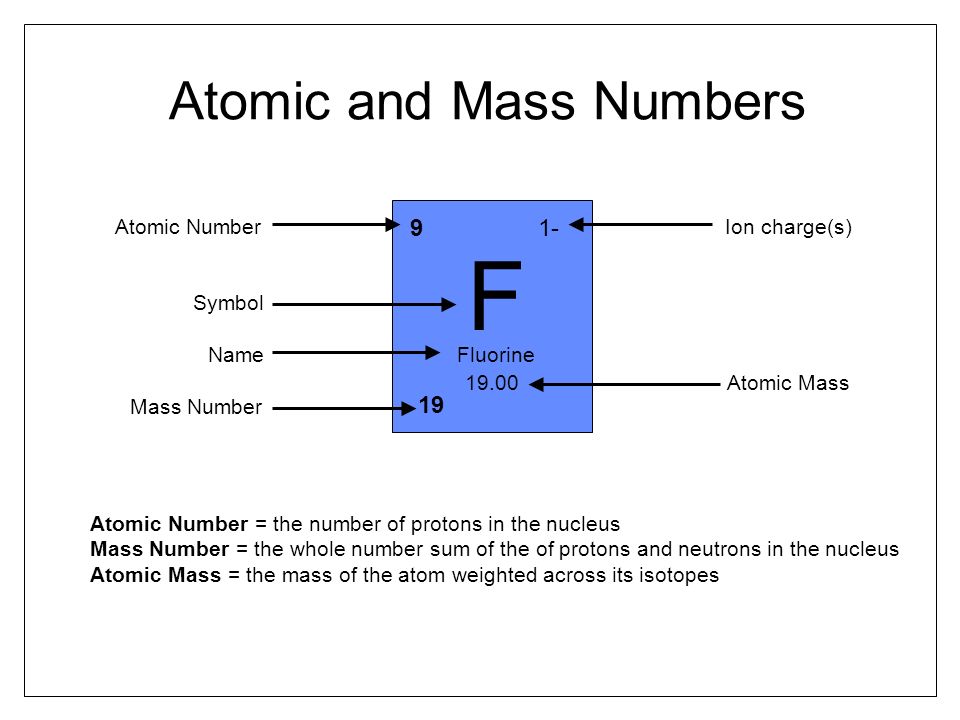A team of U.S. physicists has created a new isotope of fluorine, fluorine-13 (13F), via a charge-exchange reaction between a beam of oxygen-13 (13O) and a beryllium-9 (9Be) target.
Charity et al. discovered a new isotope of fluorine using the High Resolution Array at NSF’s National Superconducting Cyclotron Laboratory. Image credit: Michigan State University.
Fluorine is the chemical element with the symbol F and atomic number 9.
It is the most chemically reactive element on the periodic table and the lightest member of the halogen elements.
The most reactive element on the Periodic Table, fluorine has a violent history in the quest for its discovery. Despite the difficult and sometimes explosive properties of fluorine, it is a vital. In this video we’ll use the Periodic table and a few simple rules to find the protons, electrons, and neutrons for the element Fluorine (F). From the Periodi.
At standard conditions fluorine exists as a highly toxic, pale yellow diatomic gas.

It has 18 known isotopes ranging from 13F to 31F (with the exception of 30F) and two isomers (18mF and 26mF).

Only one isotope of fluorine occurs naturally, the stable isotope 19F.
Surveysaot tribute game. “Study of exotic nuclei with such large excesses of neutrons or protons is of considerable interest in understanding the synthesis of elements, even though their lifetimes are extremely short,” said Professor Robert Charity, a researcher in the Departments of Chemistry and Physics at Washington University, St. Louis.
“Many of these isotopes have exotic properties,” he noted.
The new isotope of fluorine, 13F, is four neutrons removed from the proton drip line, the boundary that delimits the zone beyond which atomic nuclei decay by the emission of a proton.
Teamviewer into mac gray screentreedetective. “All the new isotopes are very proton-rich and unstable to the emission of protons,” Professor Charity said. Download access 2010 free trial for mac.
“The highest-energy protons inside these isotopes can tunnel through the Coulomb barrier and escape.”
“The initial purpose of the experiment was to make a new isotope of oxygen, dubbed featherweight oxygen,” he added.
“After making that discovery, we went through our data again with great care and teased out evidence for 13F.”
The 13F isotope was observed following a charge-exchange reaction with a beam of 13O (a neutron in 13O is removed and replaced by a proton) and a 9Be target.
“Such charge-exchange reactions have not typically been used for the creation of the very proton-rich isotopes in the past,” Professor Charity said.

“However, we are already planning a search for another new isotope using this reaction mechanism.”
The team’s results were published in the April 2, 2021 issue of the journal Physical Review Letters.
Fluorine Protons Neutrons
_____
Fluorine Protons Neutrons
R. J. Charity et al. 2021. Observation of the Exotic Isotope 13F Located Four Neutrons beyond the Proton Drip Line. Phys. Rev. Lett 126 (13): 132501; doi: 10.1103/PhysRevLett.126.132501
